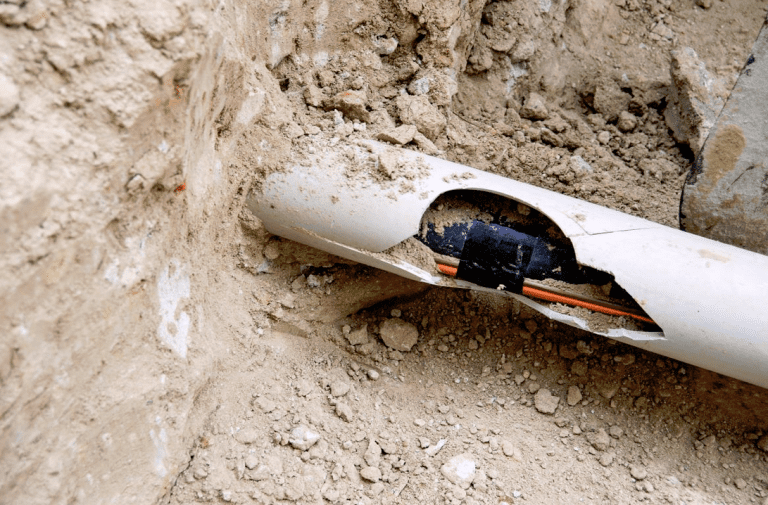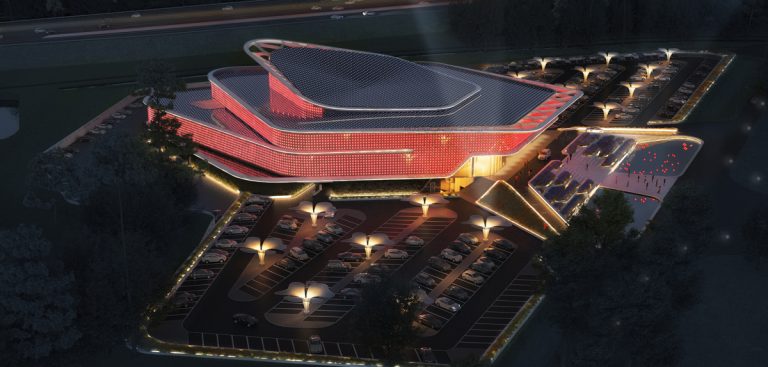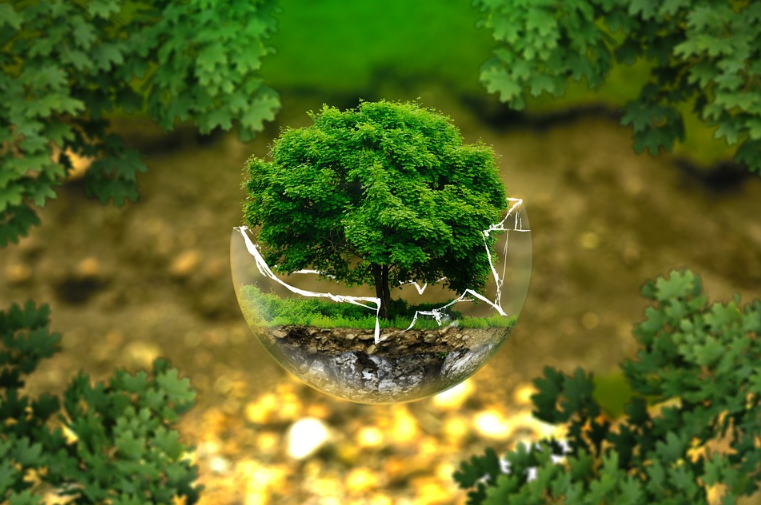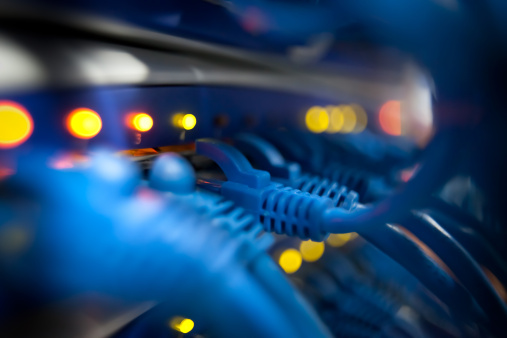At any point thought about how your neighbour, your exercise center, or even your telephone could have a significant effect on your wellbeing? Individuals around you and the local area you live in can influence a few parts of your life. Furthermore, the computerized local area you fabricate can have similarly as a very remarkable positive effect on your life as the people who truly encompass you. Peruse on to find out about the advantages of living in a healthy environment on this page. In Making Healthy People group, Healthy Homes, Healthy Individuals: Starting an Exploration Plan on the Fabricated Environment and General Wellbeing, that’s what the creators express “human-changed places like homes, schools, work environments, parks, modern regions, ranches, streets and roadways — are our most significant territory.” These are different parts of a local area, which can come from the house you live in, the school you go to in your locale, or the exercise center that you utilize nearby. The following are 5 manners by which living in a healthy local area can affect your life. 1. Better Actual Wellbeing Living locally that permits you to have great admittance to clinical consideration, wellbeing conveniences, and healthy food varieties (contingent upon the general stores and ranchers showcases close by!) helps your actual wellbeing. The We all Exploration Program’s main goal is to make simpler access for assorted networks so they can get great clinical consideration and deterrent treatment. Through Us all’s broad examination in underrepresented networks, making customized care and safeguard medicines for those locally is capable. 2. Better Psychological wellness Broad examination encompassing emotional well-being has reasoned that emotional well-being is similarly just about as significant as actual wellbeing. Supporting your own brain, particularly during a period of emergency, can significantly influence your everyday existence. Feeling included inside a local area can likewise influence your identity and reason. This can be validated through anything from having a wellness mate to being engaged with an association or your loved ones. The Owaves application permits you to design your day to day daily practice, which thusly causes you to feel more in charge of your long stretches of time. Not in the least does the application endeavor to assist with freeing sentiments from nervousness and absence of control, however it likewise permits you to be a piece of a local area that upholds your psychological prosperity, through its new highlight. You can keep yourself associated with your companions, with an end goal to assist you with feeling less alone, particularly during this basic time of the pandemic. 3. More grounded Local area Backing Inside a local area, the social communications you have can profoundly influence your psychological and actual wellbeing. Research shows that numerous psychological and actual medical issue, including nervousness, gloom, ADHD, substance misuse, forceful way of behaving, asthma, coronary illness, and corpulence, connect with your specific environment. To support your wellbeing, it is essential to have areas of strength for a that you can go to and be upheld by. Beside the monstrous measure of help I get from my partners in different groups I’m additionally ready to guarantee associations with loved ones through the application’s highlight. This component permits me to check in with my own local area individuals, feeling associated with them regardless of whether miles separated. 4. Cleaner Environment The actual environment where you reside additionally assumes a significant part in your general wellbeing. Researchers have characterized environmental wellbeing to be parts of “human wellbeing, illness, and injury not entirely settled or affected by factors in the environment.” The We all Exploration Program comprehends that it is so basic to consider the environment wherein we live. Considering in somebody’s living circumstance and postal district can likewise have an impact in grasping individual clinical necessities. Accuracy medication is the act of integrating hereditary, way of life and environmental variables. 5. More All encompassing Instructive Open doors Instructive open doors are profoundly subject to the local area you are engaged with, as school access relies upon region limits. Living locally areas of strength for with establishments and assets improves your prosperity. It is likewise evident, notwithstanding, that living in a healthy local area vigorously relies upon your financial status. The people who have a higher financial status and live in a more well-to-do area have a higher opportunity to accomplish major areas of strength for a, local area. This thusly makes enormous wellbeing differences for the individuals who can be encircled by serious areas of strength for an and the people who don’t approach. Conclusion: In the new advanced world we are living in, especially because of Coronavirus, it has become progressively essential to perceive who is remembered for your local area beside the actual world. In spite of the fact that there have been clear detriments to less in-person correspondence with our local area individuals, the computerized age may be what we really want to close the obstruction between those that are in a high financial area and those that are in a lower class local area. Through commitments we can now make a considerably more conspicuous computerized local area that can hold comparative advantages to an actual local area. Building, Design & Construction Magazine | The Choice of Industry Professionals














